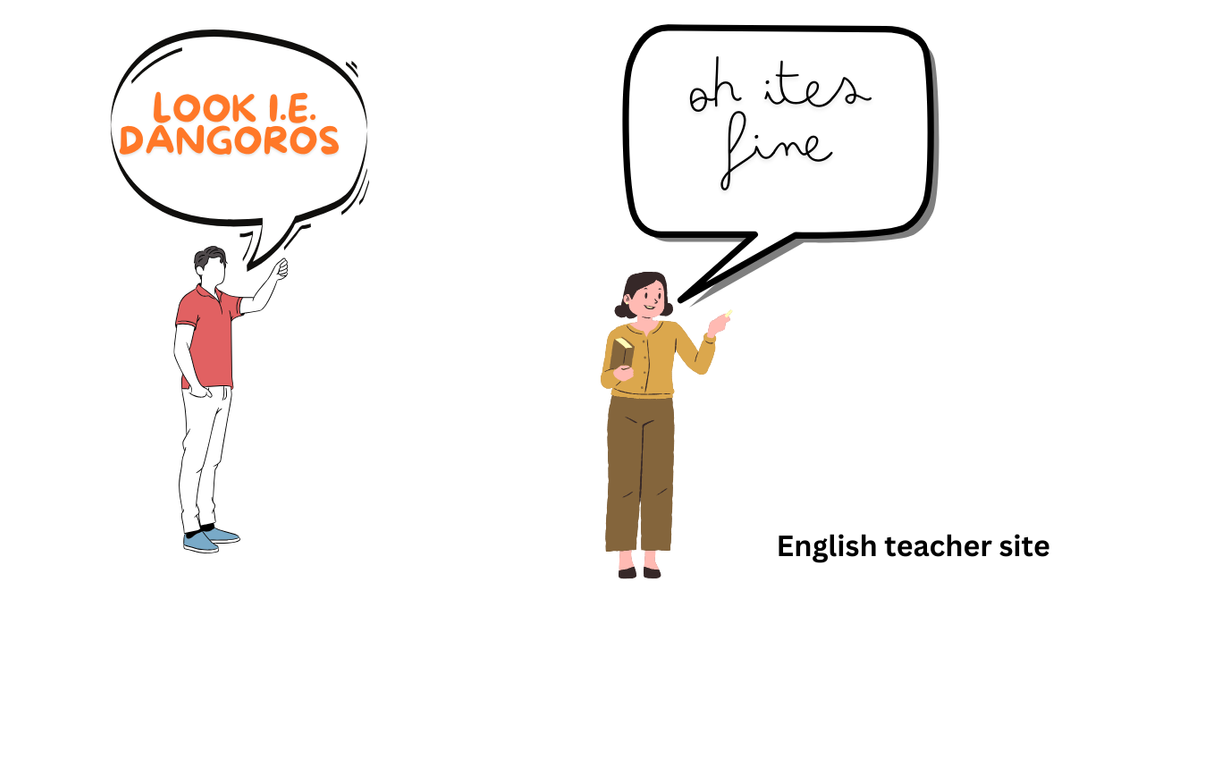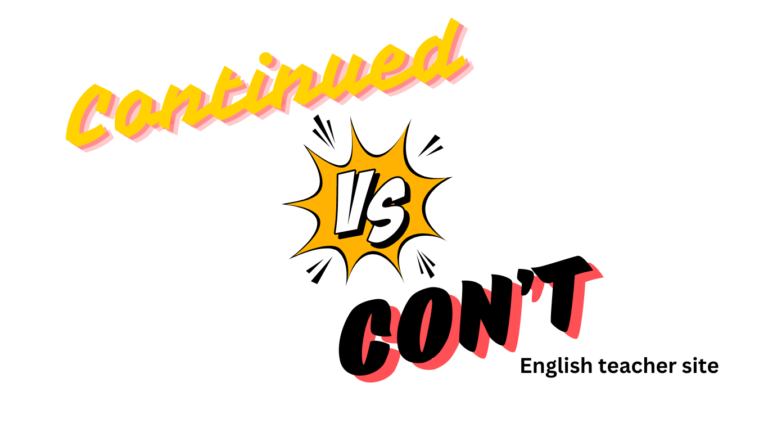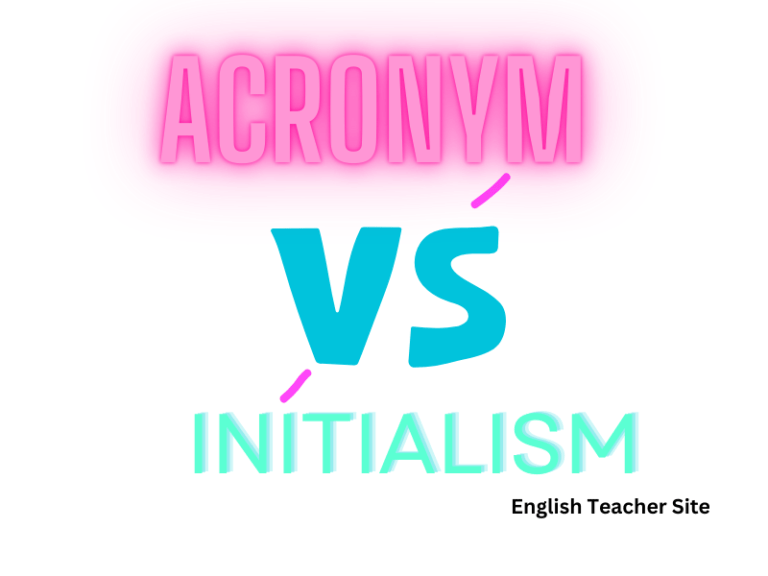How do you use i.e. in a sentence: Mastering the Nuances of i.e. vs. e.g

- “i.e.” is used for clarification or to restate something in different words.
- “e.g.” is employed to introduce examples that support the previous statement.
- Correct use of “i.e.” and “e.g.” ensures precise and effective communication.
the most commonly misunderstood and misused are “i.e.” and “e.g.” These abbreviations, derived from Latin expressions, are not interchangeable and serve specific purposes in sentences to convey precise meanings. “i.e.” stands for “id est”.On the other hand, “e.g.” stands for “exempli gratia,” meaning “for example”.
How to Use ‘i.e.’
- Use ‘i.e.’ to clarify or restate something mentioned previously.
- Place it within a sentence, followed by a comma.
Examples:
- Incorrect: He likes citrus fruits e.g., oranges, lemons, and limes.
- Correct: He likes citrus fruits i.e., oranges, lemons, and limes.
Using ‘i.e.’ correctly refines your writing by enhancing the precision of your statements.
How to Use ‘e.g.’
When writing or editing, one may encounter the abbreviation ‘e.g.’ which stands for the Latin phrase ‘exempli gratia.’ This term is typically used to introduce examples that illustrate a point. Here’s a concise guide on properly incorporating ‘e.g.’ in sentences:
| Correct Example | Reason |
|---|---|
| He enjoys playing strategic board games, e.g., chess, go, and mahjong. | ‘e.g.’ clearly introduces examples. |
| Incorrect Example | Reason |
|---|---|
| He will visit a capital city e.g. Paris | Missing a comma and potentially confusing punctuation. |
The difference between “i.e.” and “e.g.”
The difference between “i.e.” and “e.g.” is crucial for clear communication. “I.e.” clarifies by saying “in other words,” while “e.g.” offers examples.
Comparative Overview
| Feature | I.E. | E.G. |
|---|---|---|
| Full Form | Id Est | Exempli Gratia |
| Meaning | In other words | For example |
| Usage | To clarify or redefine | To provide examples |
| Followed By | A rephrased statement | A list (not exhaustive) |
Examples in Context
I.E.:
- Incorrect: She likes citrus fruits, i.e., bananas and grapes.
- Correct: She likes citrus fruits, i.e., lemons and limes.
E.G.:
- Incorrect: She enjoys playing sports, e.g., chess.
- Correct: She enjoys playing sports, e.g., soccer and tennis.
“I.e.” is used to restate something in a different way, providing clarification. It is important to use it when specifying the exact meaning of something. On the other hand, “e.g.” should be used when listing possible options or examples, indicating that there are other items not mentioned.
My name is Khamis Maiouf. I am the creator of the English Teacher Site, dedicated to providing valuable resources and insights for students around the world. With a passion for education and a commitment to helping students enhance their skills, I aim to make English teaching more effective and enjoyable for both educators and students.






